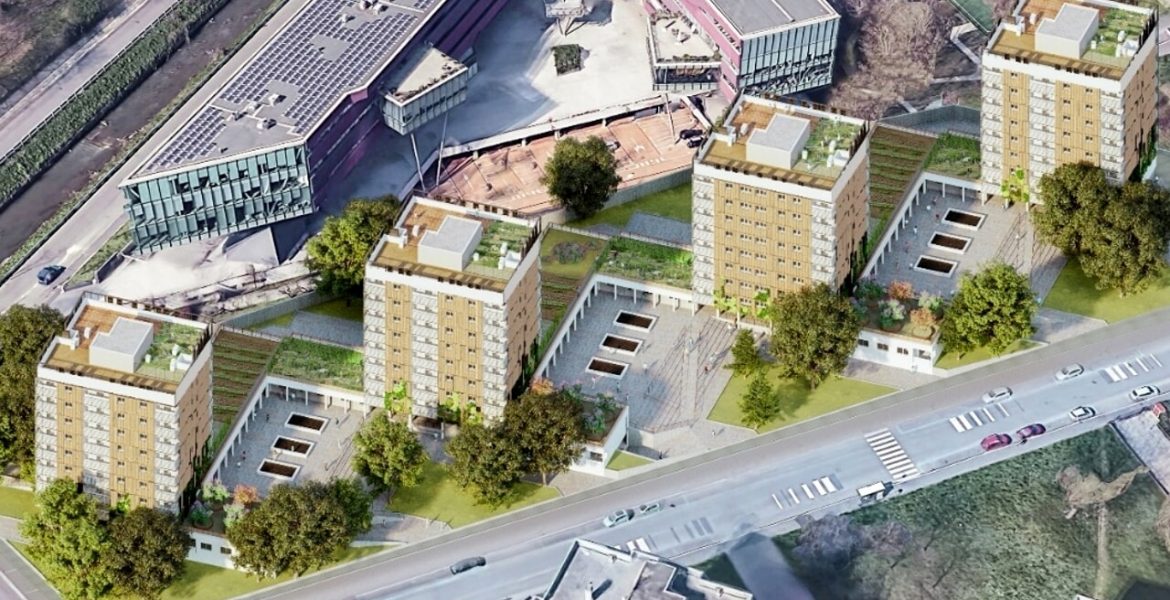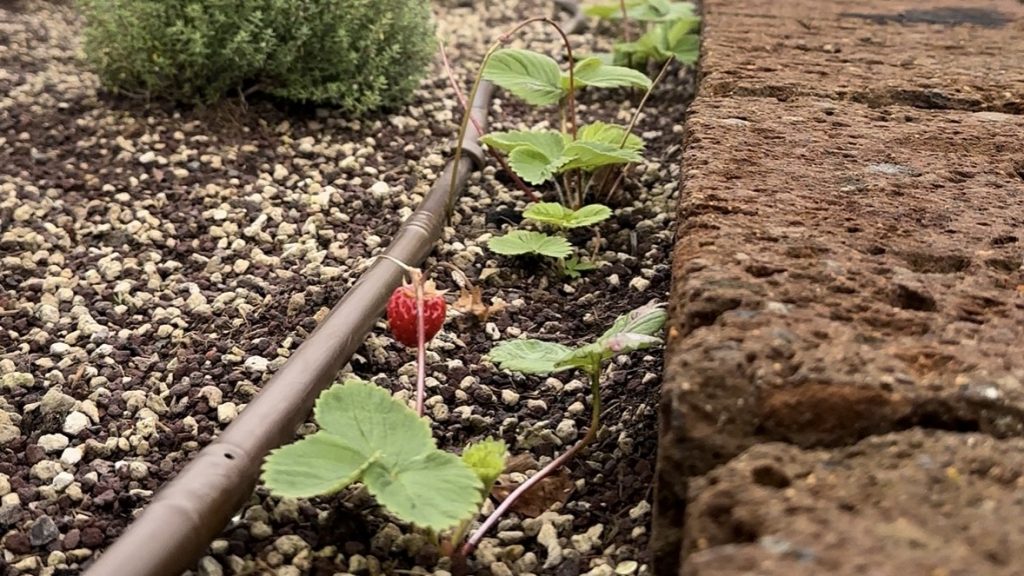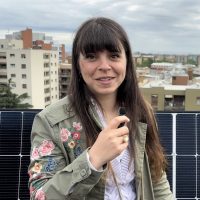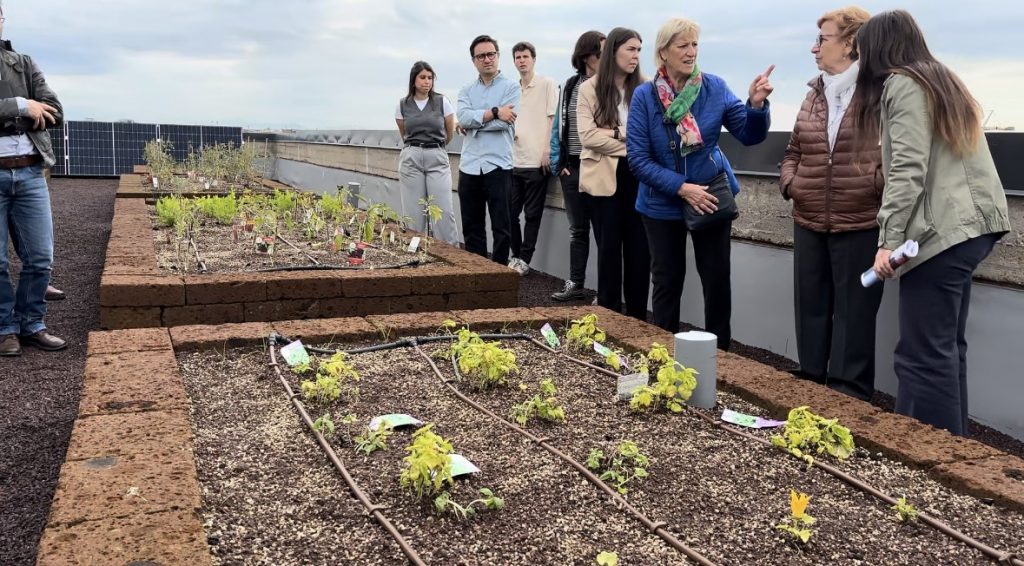
Ricehouse, an Italian company, shows how rice wastes could be used to create sustainable and greener buildings
There is a strawberry field over the Aler’s Towers in Via Russoli, Milan. But those strawberries are not like the ones you usually see at the supermarket. They don’t have that bright red colour and those enormous dimensions. The strawberries of Via Russoli are small and irregularly shaped, light red, but incredibly sweet.

The Aler’s Towers are a virtuous example of how sustainable renovation could be conducted. As Lucia Giannattasio, tenant and chairman of the condominium board of via Russoli, stated: «Sustainable regeneration has given a new life to the buildings and, consequently, to our community. From the new insulation made of rice to the the vegetable gardens and the solar panels on the roofs, the renovation has revitalized the neighborhood and allowed us tenants to participate in the green transition and create a stronger, more united community».
In Italy, fulfilling the EU directive about green buildings is not just a matter of compliance but a significant challenge. This is because houses classified as F and G (a low-class energy structure) represent a staggering 63% of the construction industry, which is far worse than other EU countries. For example, in Germany it reaches 45%, in Spain, 25%, and in France, only 21%.
The Towers regeneration was financed by a partnership between public and private companies. The companies involved are Aler, A2A, Wood Beton (thanks to Superbonus 110%), Lombardy Region and Ricehouse, a company that creates sustainable structures using materials derived from rice, which made the insulation. Now, the buildings are classified as A, the best energy class for a building.

Camilla Quesada Pinna, a member of the team of architects led by Tiziana Monterisi, who realized the project, explained that «the insulation is made with rice husk, the peel of the rice we eat. This approach involves blowing the husks inside the walls built with a wooden frame, closed with panels, and then shaved with plasters containing the rice chaff, another waste that would otherwise be burned».
The estimated expenses for covering all the buildings in Italy are between 800 and 1000 billion euros. However, this investment in regeneration could save 16% of the total power consumption by 2030 and 22% by 2035, leading to significant long-term energy and cost savings. According to an analysis by Deloitte, in 2024, there are 13 million structures in Italy, and because most residential buildings were built before the 1990s, it’s more difficult and costly to renovate them.
The satisfaction of the tenants of Via Russoli for the project emerged from a recent condominium meeting, where the companies involved presented the final results to the tenants. Tina Monaco, another resident of the Aler Towers, stated that «the buildings endured 11 years without thermic insulation. Thanks to the rice insulation, now we’re able to make significant savings and avoid the need for heating in winter or air conditioning in summer».
The savings, however, include not only the new insulation but also the installation of solar panels on the roofs of the four towers. For the 187 households, there will be a collective saving, not an individual one. That is, the stored solar energy will be used to power the lights in the common spaces, the elevators, the heating, and everything else used by the community.
The regeneration was also accompanied by the creation of vegetable gardens on the roofs, thanks to the contribution of the association Coltivare la Città, which had already started the project Un Orto sui Tetti in the Tortona district.

As stated by Lucia Giannattasio: «The vegetable gardens, in addition to ensuring a small saving and helping to reduce CO2, also offer an activity for the condominium. Working together increases the feeling of community and makes us closer and more cooperative. We have many plants: basil, zucchini, eggplants, strawberries, and peppers. Some have already started growing; I’m talking about strawberries and peppers. Then, obviously, this is the first year, and it is of experimentation; we will see how much we will be able to collect and share in the coming months».
